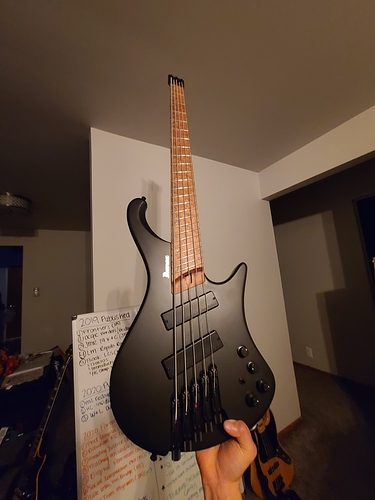You’re right that most bassists alternate IM. The upstroke/downstroke analogy probably isn’t accurate, as all ‘strokes’ will take the fingers from a higher pitched string to a lower pitched string; they’re all upstrokes, but the second finger gives the first finger the time to reset onto the string for the next stroke.
Re: “I presume this is bad”: There’s a few different common approaches - Some approaches demand strict alternate IM (or MI) picking, even when switching strings where a continuation of the rest stroke would make more sense. Others (in a less codified way) use the continuation of a rest stroke to play the next lower pitched string (Felix Pastorius and Bubby Lewis are good examples of this). Much like USX/DSX, the picking approach will make certain lines/vocab easier/harder to play.
On multi-digit picking: there’s a few other schools here, too:
- Dominque diPiazza came from a gypsy jazz-type background and uses a thumb middle index approach (PMI)
- Matt Garrisson added another finger to the diPiazza-type approach and added the ring finger for a 4 ‘finger’ approach. (PAMI)
- Steve Harris has the prototypical three finger rock approach (AMI) mostly for Iron Maiden galloping 8th note triplet figures.
- Gary Willis has a VERY specific thumb and three finger approach that involves lots of these considerations, plus some muting things.
I’d say the classical guitar approach does have some bass applications, once the RH nails are taken away - I think Janek Gwizdala started on classical guitar.
re: Headless basses: lots of people are liking the new Kiesels for the headless thing.
TBH, I probably wouldn’t listen to bassists for tapping advice - Chapman stick players or Stanley Jordan-o-philes probably have a more thoroughly conisdered RH approach documented.
This is from a longtime CtC lurker and bassist, so there might be some translation to guitar things lost…



